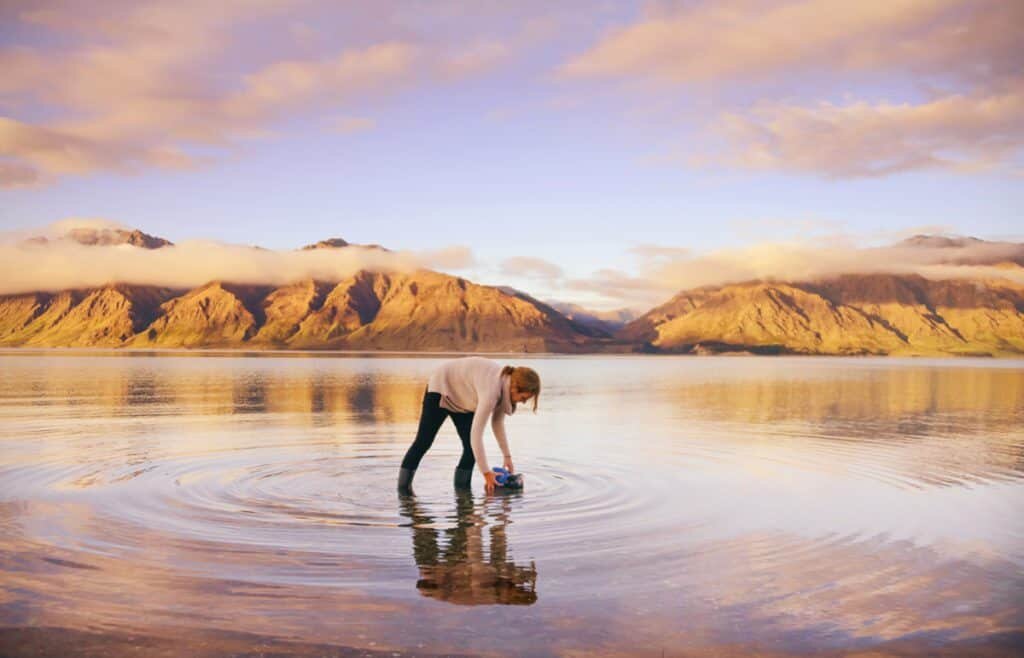
Travel Photography: A Guide to Getting Started as a Travel Photographer
The title of ‘Travel Photographer’ is the pinnacle for many creatives with that ever enduring sense of wanderlust.
You would think all you need is a camera and a plane ticket to become a travel photographer, right?
In theory, yes. But in practice, you’re competing with a world filled of talented creatives all vying for the opportunity to be a full time travel photographer.
That said, there is so much room in the industry for skilled photographers as the need for quality content is at an all time high.
Social media and online publications are soaking up visual content like a sponge. The urge to publish engaging and unique imagery, viral videos and inspiring posts means photographers are in demand right now!
Are you ready to get involved?
I’m writing this guide from over 17+yrs in the industry as a travel photographer, you’ll find my personal portfolio here at lisamicheleburns.com – there’s so much space in the industry if you can create photographs with a refreshing view of the world, and I hope this guide will help you discover how you can work as a travel photographer and join me in this exciting industry!
Read below to find information on the following steps to starting a career as a travel photographer:
– Setting Goals
– Learn Photography
– Create a Niche Style
– Build a Portfolio
– Create a Website
– Finding Clients
– Getting Published
– Build Your Social Media Presence
– Master the Art of Self Promotion
How to start a Career in Travel Photography
1. Set Goals
Before you even look at your camera or think about the amazing places you’ll visit take a step back and look inside.
Write down exactly why you want to be a travel photographer. Is it to get your photo on the cover of National Geographic? To travel for free? To visit far away places and document them as a photojournalist? Or is it simply because you love taking photos and seeing new places?
Setting goals and thinking about the reason you want to be a travel photographer sounds like a pretty easy step to skip but believe me, you want those goals to look back at one day. When you’ve had a bad few months without work, when you’re knee deep in mud because you took the term ‘getting the shot’ a bit too far…you want to be reminded of why you’re doing it.
Writing a set of achievable goals will also give you a path to follow. Travel photography has no real set career path so be sure to write some short term goals and long term goals to work towards.
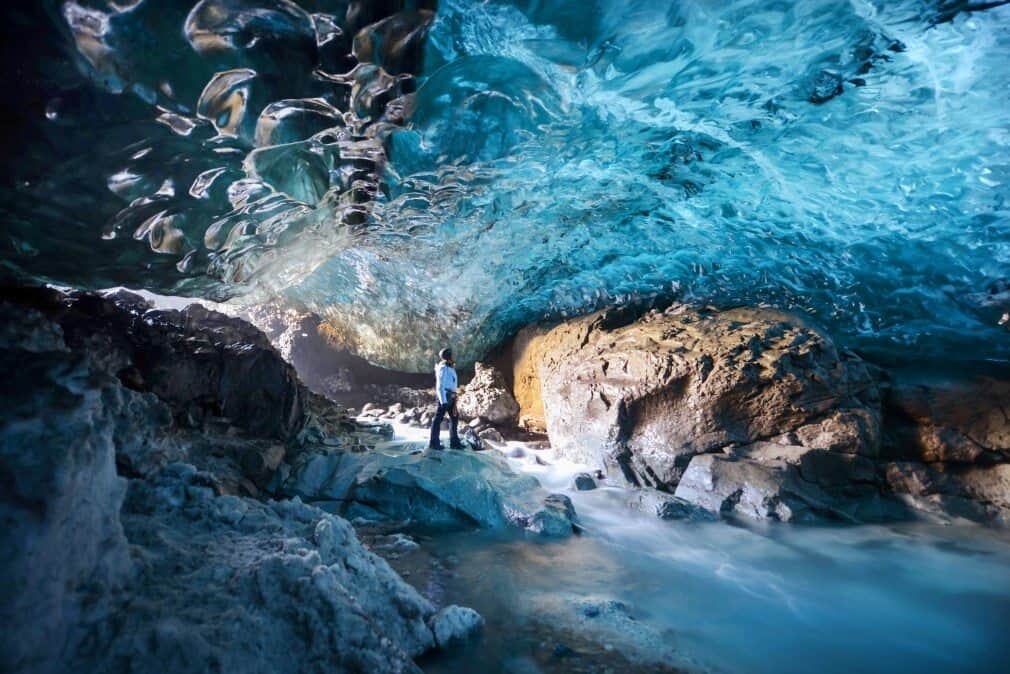
2. Learn Photography
So this step may seem obvious but you’ll be surprise how many fail to take it seriously. If you are really keen work in the travel photography industry and become a full-time travel photographer you need to know your camera inside out.
Having 500 people ‘like’ your photo on Instagram doesn’t cut it in the world of media and publishing if that photo doesn’t print sharp above 1000 pixels wide.
Knowing the right settings, image quality standards and having the eye to see and capture the world creatively will put you ahead of the pack.
I’m not a big believer in getting a formal education for a creative skill (different for everyone!) but if you prefer to learn from books there are a number of courses online that will help you out. There are various ways to learn photography and depending on your learning style, it’s usually best to find the method that suits you best as we’re all different! Take a peek at this quick guide I wrote about learning styles + 8 ways to learn photography.
Another way to learn photography is to take your camera out and use it until you know how it operates in various lighting conditions, landscapes, indoors, outdoors, upside down, underwater, looking up, looking down. You probably get my drift here.
Knowing how to use your camera is essential to success as a travel photographer because more often than not, it’s those spur of the moment shots that generate the goods. If you can quickly adapt to the surroundings and know what settings to change in a split-second in order to capture a moment, you’re in with a pretty good shot of becoming a professional photographer.
Practice taking photos of friends, pets, your local surroundings, basically anything and everything in order to expand your knowledge of photography.
LEARN MORE WITH THE WANDERING LENS
Creative Courses + Resources for Photographers: If you’re interested in discovering your creative vision and building a portfolio with the aim of finding work as a photographer, The Wandering Lens now offers self-study courses, eBooks and Workbook Bundles. The online courses and downloadable workbooks can be accessed at any time, from anywhere in the world – it’s about creating accessible resources to help you in your photography career. The bring together over 17+years of experience and lessons from working in the industry. I want to see others share their talents and get published, sell prints, find clients – to have the confidence to achieve whatever it is you want to within the field of photography.
Want to work as a travel photographer yourself?
To learn more about becoming a travel photographer, join me for an 8-week online course called The Freelance Travel Photographer Course, where I share anything and everything you need to know to succeed in the industry, based on my 17+yrs as a professional travel photographer. Alternatively, you can register to receive my free email series focused on travel photography as a career. Register for the free travel photography email series here.
Travel Photography Tips –
Some articles from my site that might help you out…all can be found in the Photo Tips section but here are some more specific posts –
How To Creatively Compose Travel Images
Landscape Photography: Tips for Wide Angle Landscape Photos
Learn How to Take Underwater Split-Level Photographs
To develop a consistent style once you’ve got the hang of your camera, then you need to learn some editing skills to give your images a professional edge. Programs like Adobe Lightroom and Adobe Photoshop (sign up for a free trial here) work wonders in giving your images a little oomph. You can download my personal collection of presets here that allows you to do quick edits at the touch of a button.
I’m still learning 12 years after my first professional travel photography gig and that’s all part of the fun! Staying eager to learn means photography won’t ever get boring!
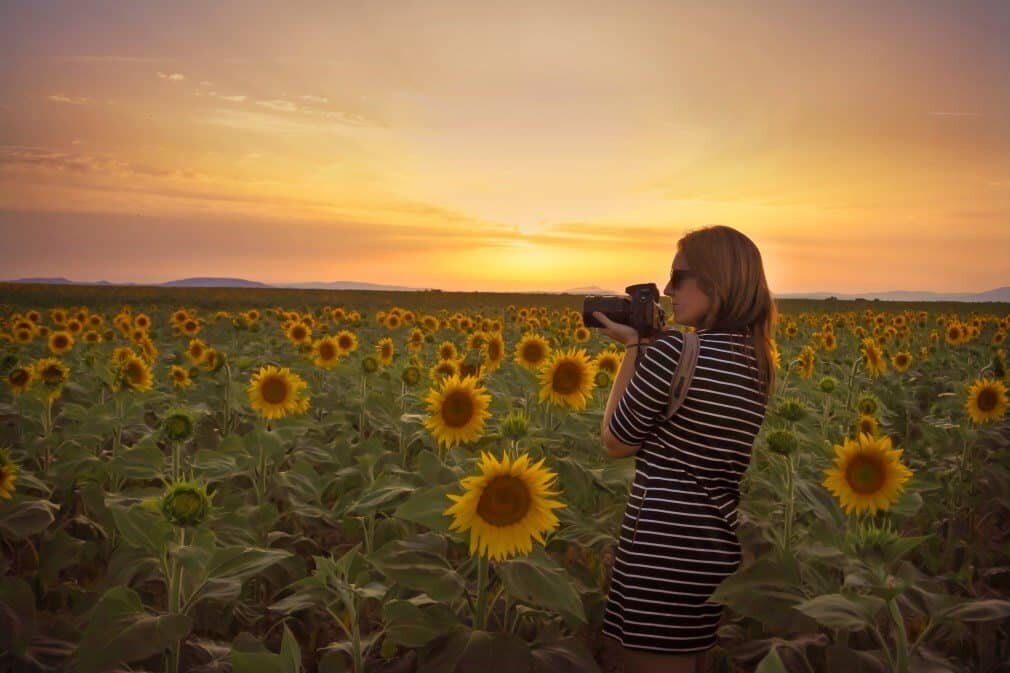
3. Create a Niche Style as a Travel Photographer
With the world of social media creating a never ending sea of content, standing out as a travel photographer is essential.
It’s not about risking your life in order to be the only one doing it, it’s about creating a consistent quality within your portfolio.
You want people to see a shot and say ‘I know who photographed that’, or at the very least to view your portfolio be wowed by your unique perspective of the world.
Creating a niche style is about developing a vision that portrays your view of the surroundings. Some people specialise in drone aerials, others underwater photography or travel portraits. Whatever your niche is, stick with it and find a way to stand out within the arena.
Putting together a list of things your interested in, then brainstorming a way to creatively capture them will kick things off. You’ll soon notice the way to capture them might blur together and become very similar, your niche style will then take on a mind of it’s own.
Developing a niche is a matter of trial and error. You want to be passionate about your niche and have a real desire to continue with it. The more effort you put into creating, the more results you’ll see appearing professionally.
Read more – ‘My current creative obsession’
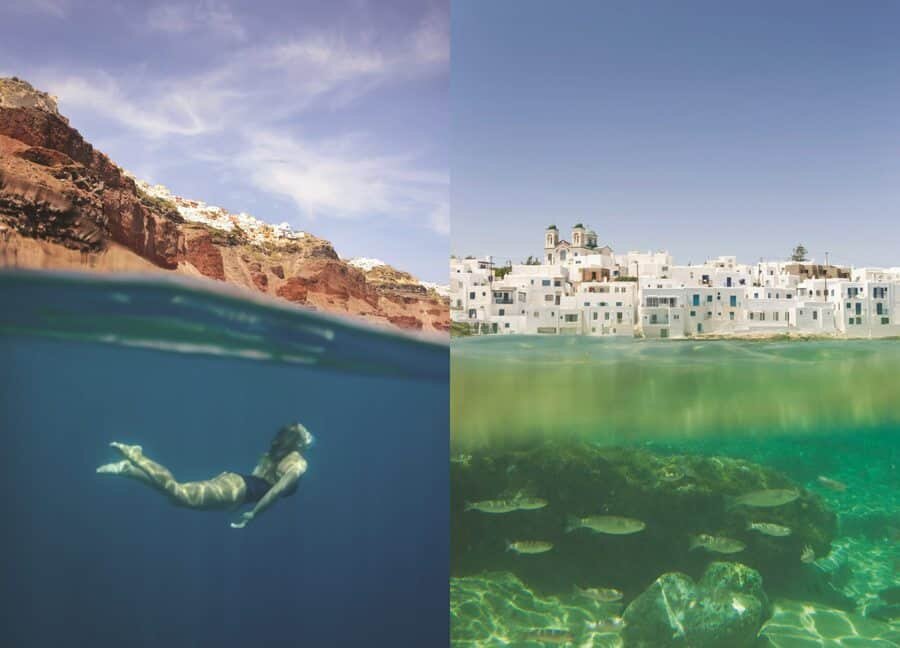
4. Build a Portfolio
I’ve read before that it takes at least 10,000 photos before you can really start to call yourself a photographer. I don’t agree.
Building a professional portfolio is about compiling a collection of your best work, whether that was your first shot or 6,428th shot.
A portfolio is your go to link for sharing your work. You want it to highlight what you do and how good you do it.
It can be in the form of a PDF booklet that’s ready to email clients or publishers, an online gallery or you can use sites like Flickr or 500px.com
A few tips on creating a great portfolio:
– Keep a folder of your best shots and curate regularly
– Be your own worst critic
– Sort images based on destination, colour or style
Having a folder of your best shots for each destination will allow you to quickly access them when you need to grab them for a client.
Personally I have a PDF booklet that contains just 20 of my best shots that I believe represents my style of photography. I find it’s quick for people to browse through and it gives them a good feel for what I shoot and what the results can be if we were to work together.
Online portfolios are also great as they can be nice and easy to link to in forums, social media and emails giving people fast access to your work. Just be sure to curate your online portfolio as much as possible, quality over quantity!
No matter how much we’d like to believe people get stuck spending hours gazing in awe through our portfolio, the reality is it takes a few seconds for someone to make a judgement. Make those few seconds count and wow them from the beginning.
Oh and don’t forget a logo.
Having an identifiable logo will help visitors to your portfolio relate with your work whenever that see the logo. Have you seen professional photographers sign the bottom of their printed images? Well to me that’s the perfect logo for a photographer and there’s a website that provides you with exactly that.
Photologo is a service that creates handwritten logos for photographers, meaning if your handwriting isn’t super fancy and calligraphic (is that a word!?), they’ll do the hard work for you and provide you with a set of files to use throughout your portfolio or to print on images!
You’ll find a gallery of sample logos on their website – Photologo
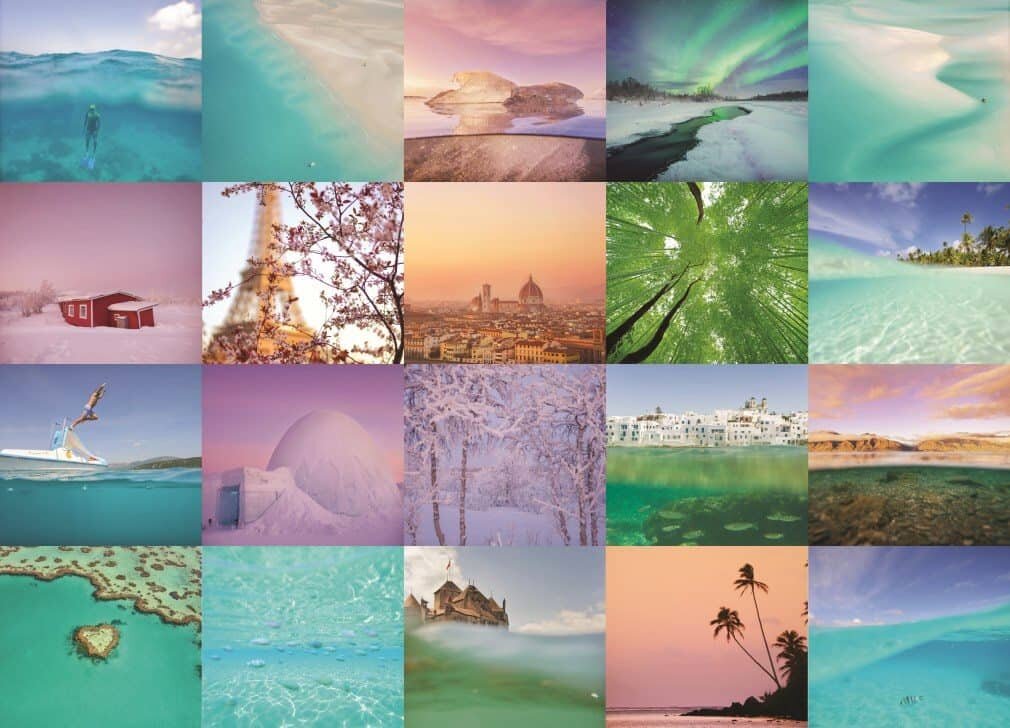
5. Creating a Website or Blog
Separate to having a portfolio, publishing your own content on a website or blog is a fantastic way to showcase your abilities.
By creating your own space online you can publish your content in the way you want it to be seen. Fancy becoming a photojournalist? Publish articles in that style on your own site!Having a collection of published articles, whether they are self published or not, is a great way to show editors and clients what you are capable of.
Even if you can’t write and only want to be a travel photographer, put together a photo feature article showcasing a particular destination or experience. Keep the words to a minimum and all eyes will be focused on your images.
With your own blog or website you have the ability to promote your unique photography style and perspectives to anyone, anywhere in the world. Tools like Google Analytics allow you to see who is checking out your site and where, giving you a great insight into how your photography is getting seen and what the most popular content is on your site!
To create your own website it’s simply a matter of registering a domain name, finding a host, signing up to a free site such as WordPress.org, deciding on a template and uploading your work. It sounds like a lot but you can get it going within a few hours.
Not a huge fan of fiddly code and want to create your portfolio NOW? Websites like wix.com or Squarespace.com actually do all the hard work for you and all you’ve got to do is supply the photos and select a layout style. I created my personal portfolio site using the Wix Premium plan which helps you obtain a domain name and they’re serves look after your site so you don’t have to pay and look after numerous subscriptions, it’s all in one. You can create a site with any layout style you like and Wix also has easy to use SEO, eCommerce and Blogging help so your site will be gracing the pages of Google in no time.
Squarespace is perhaps a little more artistic than Wix when it comes to layouts and available themes. I love the clean look of Squarespace and use it for my print store, if it wasn’t so much work I’d probably transfer my entire site across to Squarespace! I currently use the Commerce plan which allows me to receive print orders and list products for sale but there are lower cost plans if you’re simply after a blog or portfolio site.
The sites I use and recommend are listed below if you’re keen to get started quickly –
All-in-One Web Design – Wix.com or Squarespace.com
Domain Registration – Crazy Domains (look for .com domains to rank better)
Web Host – Bluehost (hosting from $3.95 per month)
Wordpress Templates – Themeforest (look for themes with changeable features)
*Please note some links used are affiliate links to products I personally use and as such I will receive a small fee should you opt to use their services also. I’ll only ever share affiliate links to products I use for my own business and that I know work.

6. Finding Clients as a Travel Photographer
Once you’ve developed your photographic skills to the point where you believe it will benefit clients, it’s time to begin the approach.
Most travel photographers work on a freelance basis meaning they’ll have a variety of clients ranging from print media and stock libraries to local tour operators and businesses. There really is no limit to who your client can be because everyone needs images for visual marketing!
Think of all the hotel photos you browse through when choosing somewhere to stay. Someone has to take them and most of the time hotels are looking to update their image library, the same goes for tour operators and local tourism boards.
Approaching a new client can be a lot easier if you happen to be visiting that region, or if it’s where you are based. Start local and contact businesses who you regularly use or that have less than desirable images on their website…put together a proposal and they’ll more than likely say yes if it benefits them! If they’re just starting out on social media you can offer to create a library of social media images they can use over a 3-6month period to generate interest in their product/region.
Once you’ve got a client, be sure to over deliver and get creative in finding ways you can work together on an ongoing basis.
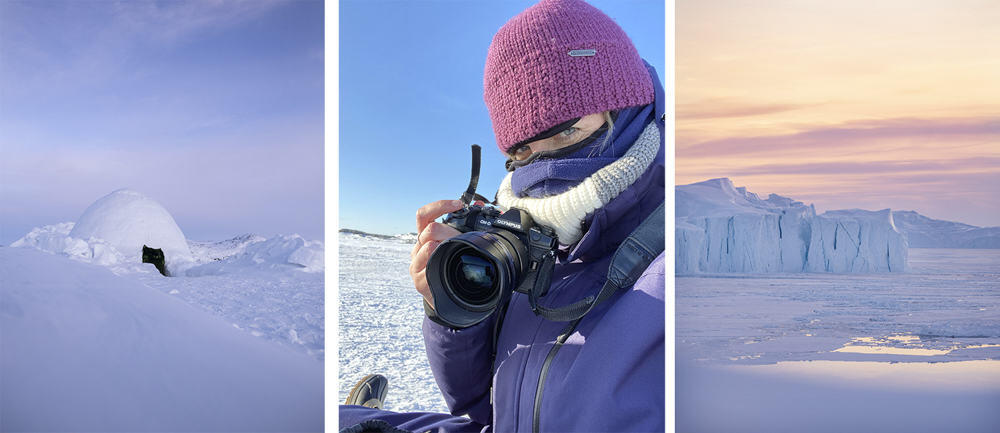
Travel Photography Stock Libraries
One way to generate a regular income as a photographer is via stock libraries. To be straight up, not all stock libraries will benefit you and are worth your time. Some pay out a teeny tiny 10cents per sale however others follow industry standards with professional pricing guidelines.
As an approved photographer on stock libraries, you can possibly get access to client briefs where you can submit your work direct to the client, meaning they’ll consider you for the project and see your profile. Otherwise there’s usually a marketplace type system for you to upload your images and have them added to collections based on themes, destinations and seasons.
Some stock libraries to check out include Getty Images, Adobe Stock, Shutterstock, Alamy and istockphoto, I haven’t had any person experience with these so can’t offer too much judgement on these.

7. Getting Published as a Travel Photographer
Now lets talk about the fun stuff. The part where you call your family and tell them to rush to the newsagent and buy every copy of the magazine because your photo is inside!
Having your photography published is one of the biggest achievements as a professional travel photographer. I think it’s a key sign that firstly, your work is worthy of publishing and secondly that you are being seen as a working professional.
Getting published isn’t actually as daunting or elusive as it sounds. It can be a matter of contacting an editor with a great story idea, self-publishing on sites like BoredPanda.com and having editors contact you to republish the article or you might find gigs on sites like freelancer.com.
Ever since I started out as a journalist 12years ago (yikes, old!), I dreamt of having my images published in Lonely Planet guidebooks. That was my goal and I was pretty narrow minded about it.
I was so focused that I entered every competition, submitted author applications, photographer applications and compiled folders of my Lonely Planetesque images ready just incase they called me one day. Just to note, social media wasn’t around then…now you can totally just tag them or use a hashtag to get noticed, ha!
It took one competition entry to change my life one year after starting out as a journalist, a series of my photographs from Marrakech were published on lonelyplanet.com and the rest as they say is history. If I can do it, anyone can!
To start out, put together a list of the publications you want your work in. Take a note of the style of photography they publish, the amount of images per editorial and even go as far as checking out the photographers who get published in those magazines.
Most photographers who are published in travel magazines are regulars, they will have built up a reputation with the editor or a journalist and are someone they can call on for great shots. You want to be one of those people they call!
Contacting editors via email can be the best way to have your work seen. Be sure to know the publication before you approach them, and then send through an email with a story/photo feature idea that you believe will fit their publication perfectly. Make sure your pitch is relevant, straight to the point and time sensitive; most print publications will have issues ready months in advance so it’s worth checking their advertising cut-off dates in order to work out what type of content they’ll be after at what time of year. Pitching a summer photo feature when they’re working on winter destinations won’t get you very far!
I really can’t stress enough the importance of researching a publication BEFORE contacting them. You don’t want to be seen as unprofessional in your first email, you want to wow them and make them wonder why they’ve never heard of you before.
If you want to build a portfolio of published work before contacting the bigger publications, look at sites like Matador Network that allow you to submit stories or respond to requested articles. Or as noted above, create your own website and self-publish.

8. Build your Social Media Presence as a Travel Photographer
When I first started out in photography and journalism, social media didn’t exist. I know, crazy.
Now though, social media is actually an essential element to becoming a travel photographer and having your work seen.
It can be as simple as creating an Instagram account, sharing your work and tagging a tourism board so they can see what you’ve been photographing in the region. Simple little social media techniques will lead to future work and if you do it right, you might even find the work comes to you.
Social Media Tips:
– Curate your work, don’t publish every single photo ( read my guide to curating your own work here)
– Research destination relevant hashtags (#seeaustralia, #NZMustDo, #TravelFrance, #inspiredbyiceland)
– Tag relevant brands, tourism boards or tour operators
– Focus on building relationships with destinations or brands you want to work with (comment, like and share their content)
– Build your social following by engaging with your audience. Ask questions in the caption, reply to every single comment you receive, follow other photographers!
Social Media Don’ts:
– Don’t obsessively tag brands and tourism boards if your work isn’t up to scratch yet. Wait until your content is professional enough to wow them.
– Don’t ask for freebies if you don’t have an audience to benefit the brand, always think of how you can add value
– Don’t get cocky because people start following, be humble, grateful and professional 🙂
Take a look at my post The Best 6 Social Platforms for Photographers, here you’ll find links to social platforms that work best to showcase your work.
Personally, Instagram and Steller are my favourites because they are all about the visuals and you’ll find a great community of creatives.
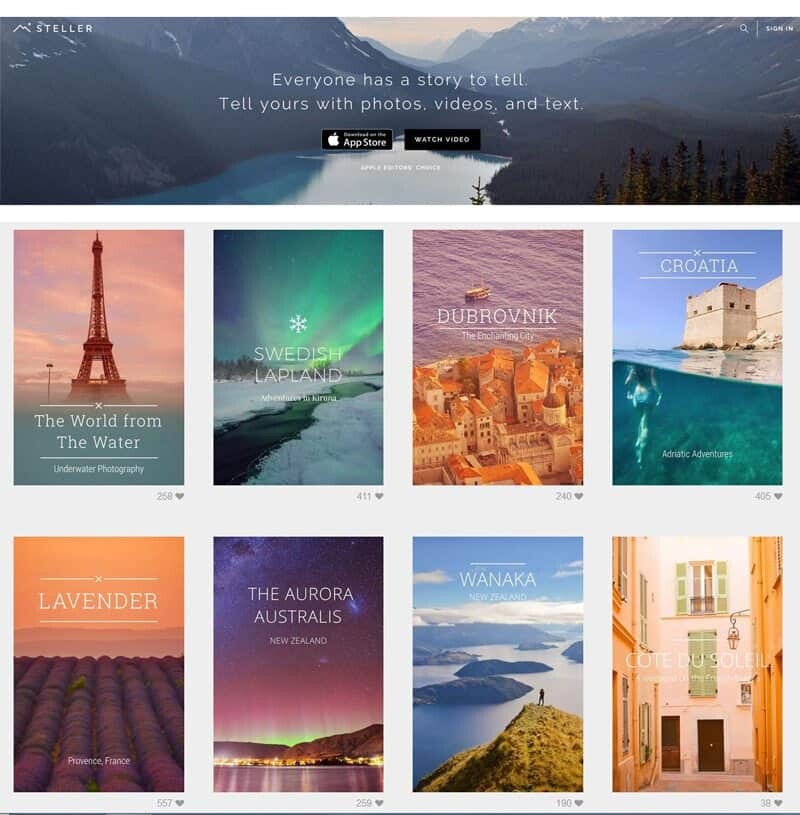
9. Master the Art of Self Promotion
This little section may be the most important part of all. It’s something I never realised was necessary when I had dreams of being a travel photographer and I wish someone had told me this so I’m sharing it with you all now…
You need to sell yourself.
I’m not talking about being a sell out, I mean you need to be confident in sharing your work, getting it seen and knowing who to show it to. No one is going to do it for you (unless you pay an agent!), mastering the art of self promotion will shape your career.
By using social media, your website, your portfolio, connections you meet, people you know through your mothers friend’s daughter…being confident to promote your work to anyone you meet is essential. You can even get crafty and make promotional products or postcards via sites like moo.com which allows you to print packs with multiple designs, perfect for sending out your portfolio in a fun and unique way!
A little tough love…if you aren’t confident that your work is good, why should anyone else be?
Own it. Be proud of the work you are creating and it will shine through.
Throughout your career you’ll find some people don’t take a liking to your work, and that’s totally fine. Photography is a subjective medium so not everyone is going to love every photo you take and I’m pretty sure you don’t like every photo you see on your Instagram feed either!
Knowing how to sell yourself and your photography portfolio is about finding how YOU can create the best content for a brand. How YOU can photograph the best shot of a hotel room. Whatever job you’re applying for, own your style and be confident in showing the client why they should hire you, try not to compare yourself to others too much.
Side note – I still get those anxious butterflies before a meeting, I still stumble my words when meeting a client for the first time and I still have doubts that maybe my work isn’t good enough.
But masking those doubts has become easier over time and I can now put on a professional outside appearance, even if on the inside I’m shaking like a polaroid picture.
Read more – Self Promotion and Marketing for Photographers
Travel Photographer.
Just putting those two words out there so they’re really etched in your thoughts. You can do it!
So there you have it. If you’re serious about becoming a travel photographer I really think there’s nothing stopping you.
Set your goals, get studying on how to use your camera then begin creating your online portfolio to showcase your photography to the world!
While 1 in 1million may get catapulted to instant globe trotting glory, the road to becoming a full time travel photographer is long and at times frustrating. Success isn’t determined by how many likes you get or your follower count, it’s in whether or not you achieve your individual goals as a photographer.
Celebrating the small things will go a long way to creating happiness and the feeling of success in a creative industry!
Keen to learn more with The Wandering Lens?
If you’re eager to improve your photography, explore your creative talents and even perhaps work in the industry, you’ll find self-study courses and a library of eBooks and Workbooks via The Wandering Lens Store. I’ve developed online resources for photographers, creatives, dreamers, adventurers, travellers and freelancers. If that sounds like you, maybe we should connect and chat about your photography goals! These creative courses and resources bring together my 17+years of experience and lessons from working in the industry. I want to see others share their talents and get published, sell prints, find clients – to have the confidence to achieve whatever it is you want to within the field of photography. Get in touch via hello@thewanderinglens.com if you’d like to chat about your photography!
JOIN THE FREE MINI COURSE VIA EMAIL – 3 DAYS X 3 EMAILS
Get Involved + Share Your Work!
Because social media is one of the important steps listed above, be sure to share your work using the hashtag #thewanderinglens so I can follow along on your journey! Join The Wandering Lens Facebook Group and share ideas, your work or ask questions amongst like-minded photographers!
You’re welcome to leave a link in the comments section below to share your photography story and include a link to your portfolio…
Pin it ↓
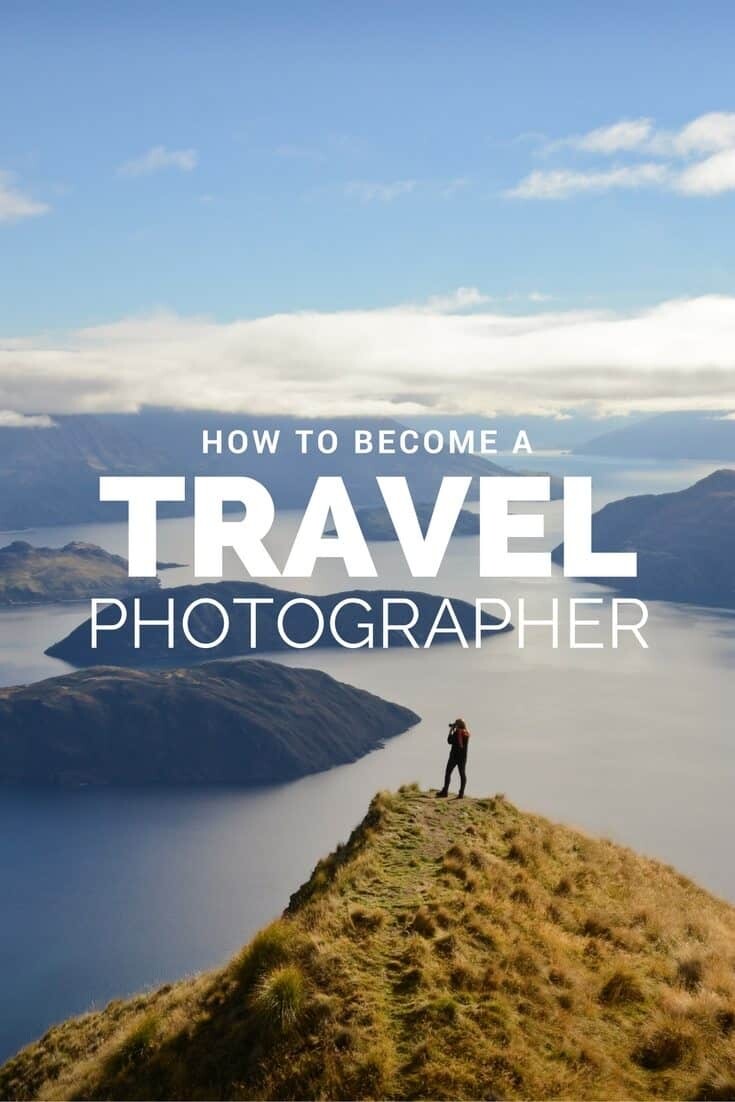
– Please note there are Affiliate Links to my preferred websites/brands/editing programs in the above article. All links are for programs and sites I personally use and recommend!

Hello! I’m the founder and photographer behind The Wandering Lens.
With 19+yrs experience as a professional travel and landscape photographer, all advice found on this site is from my personal experience, or that of contributors, on the road. I hope it’s useful for your own travels and would love to hear in the comments about your trips and experiences around the world.

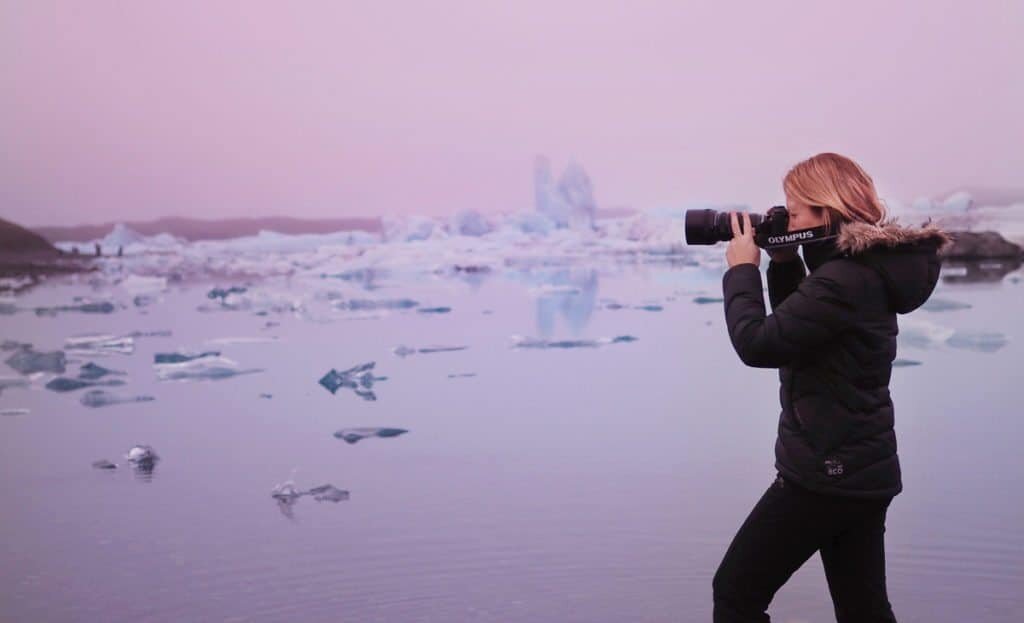
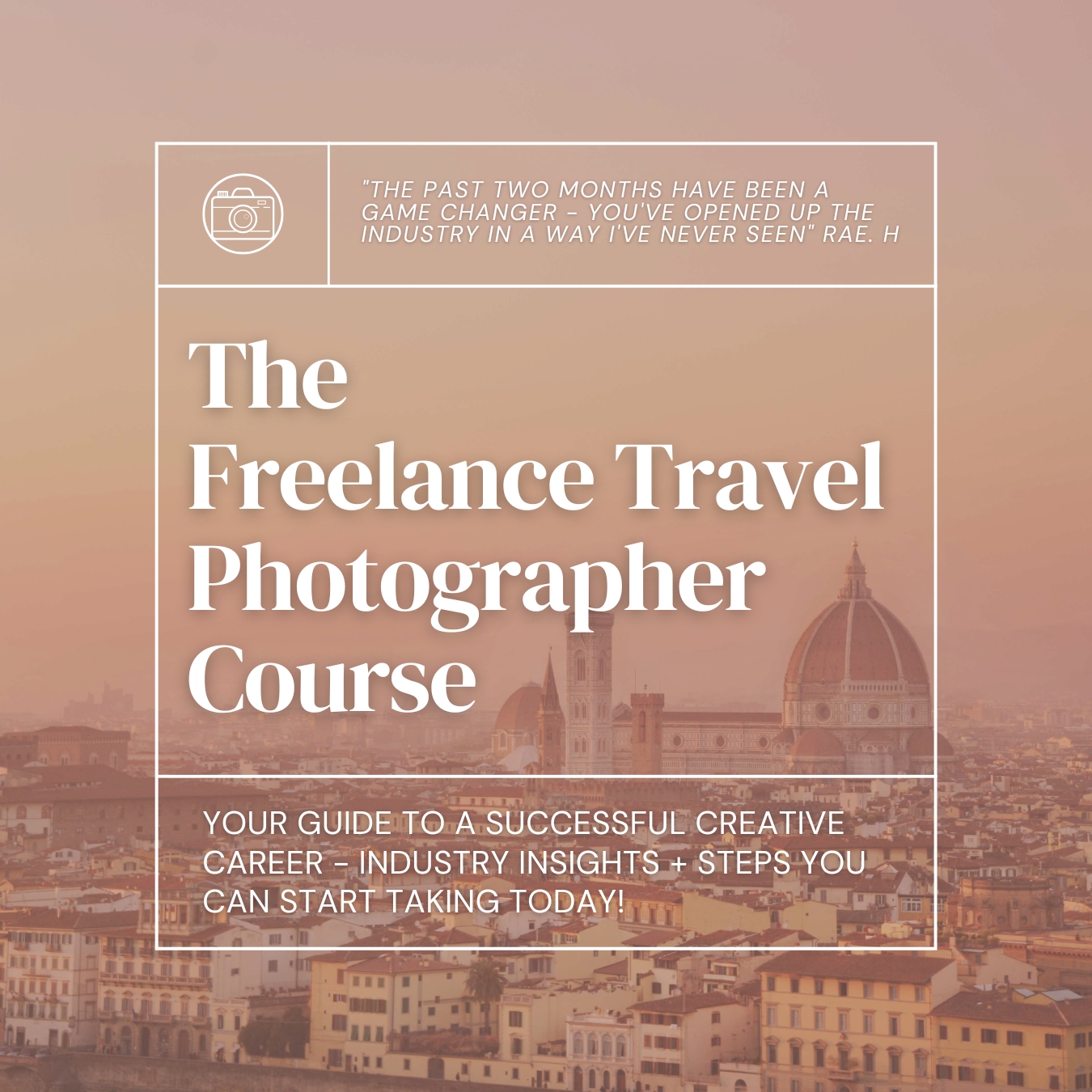
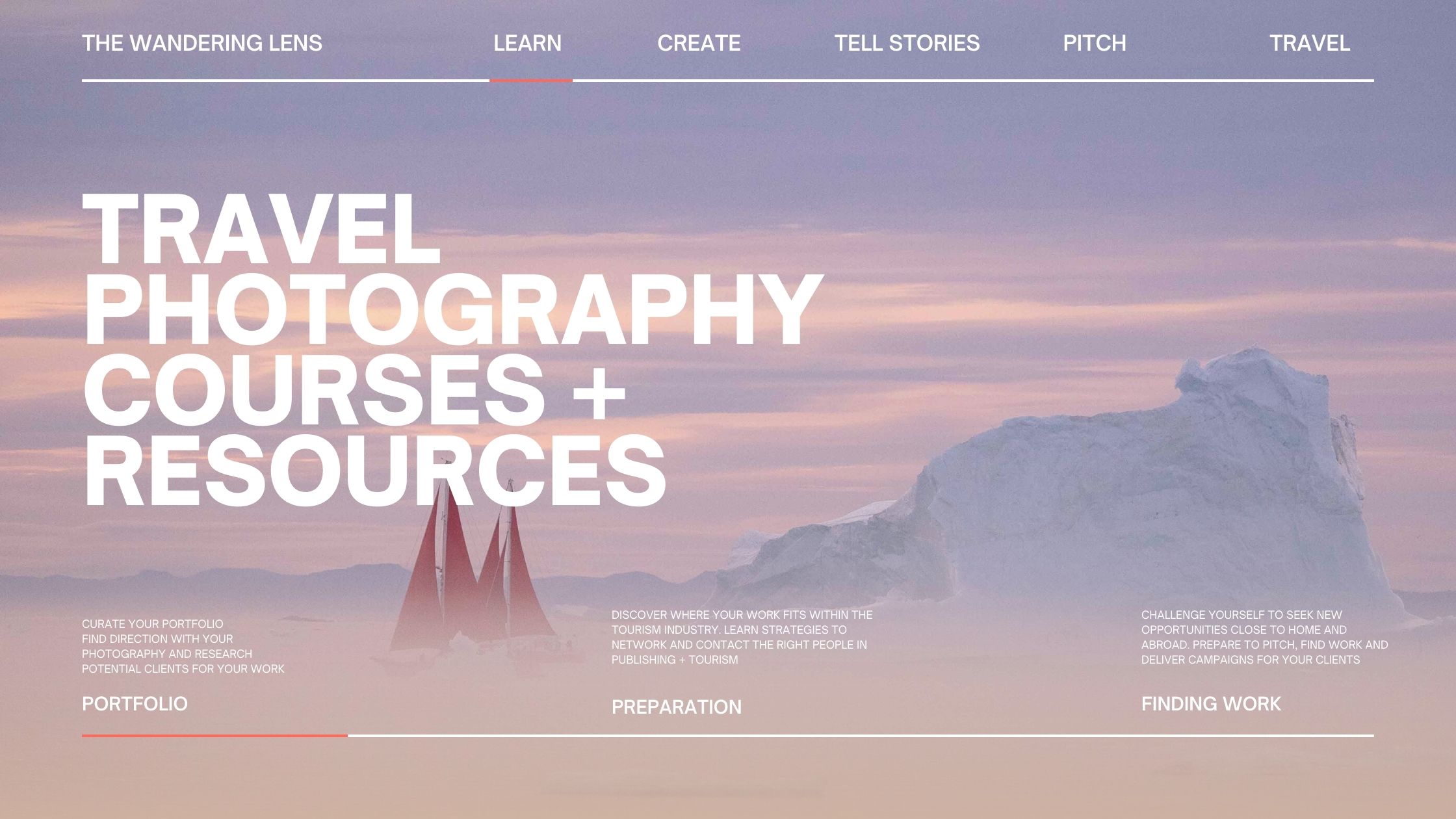
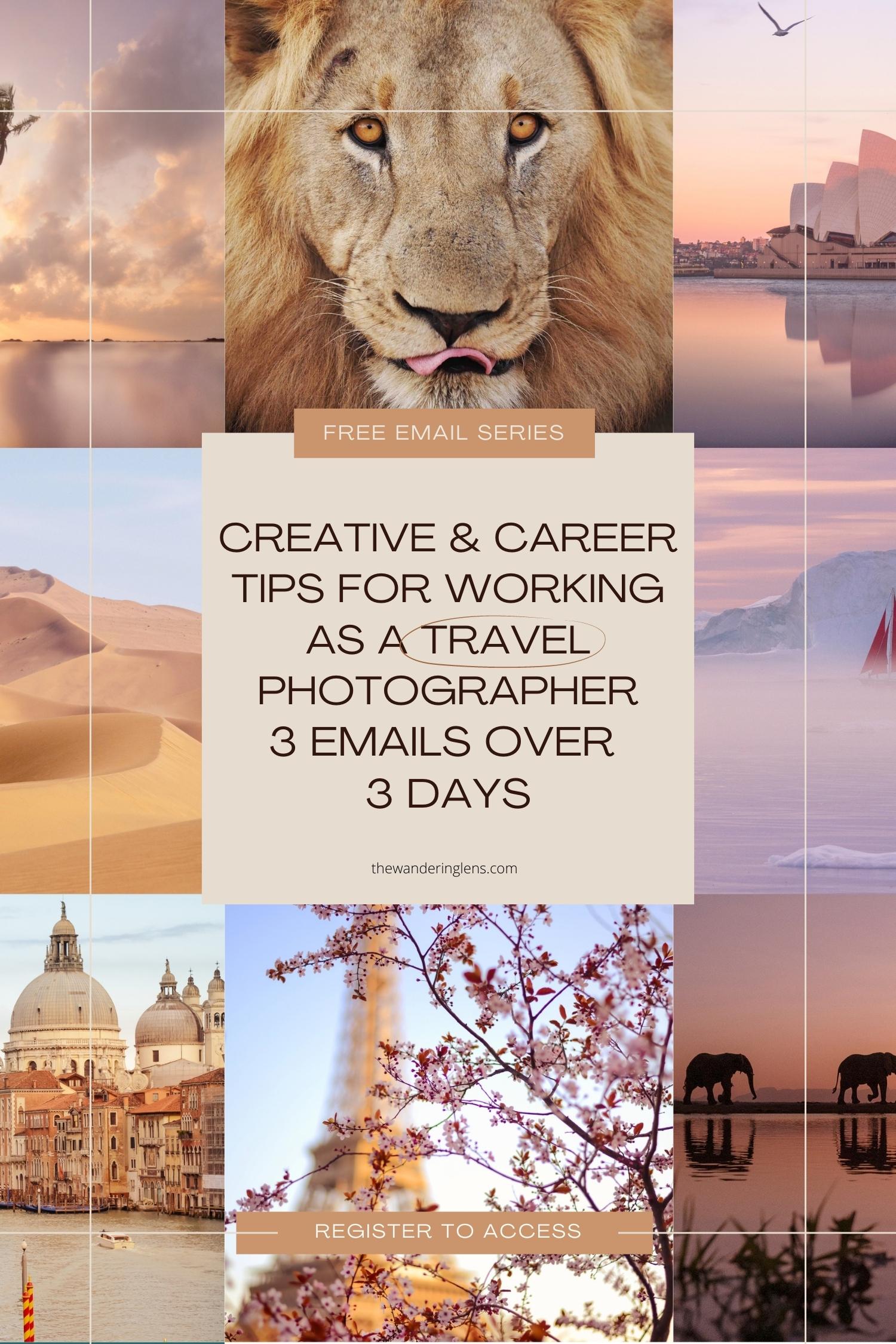
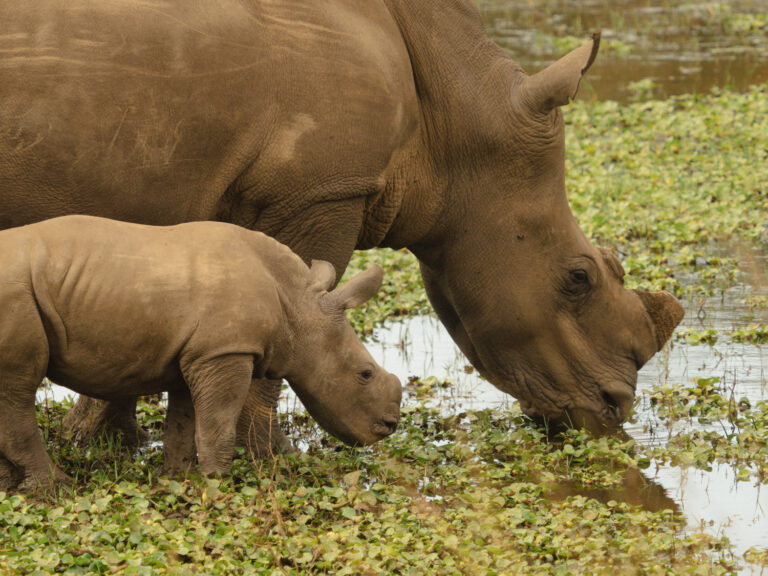
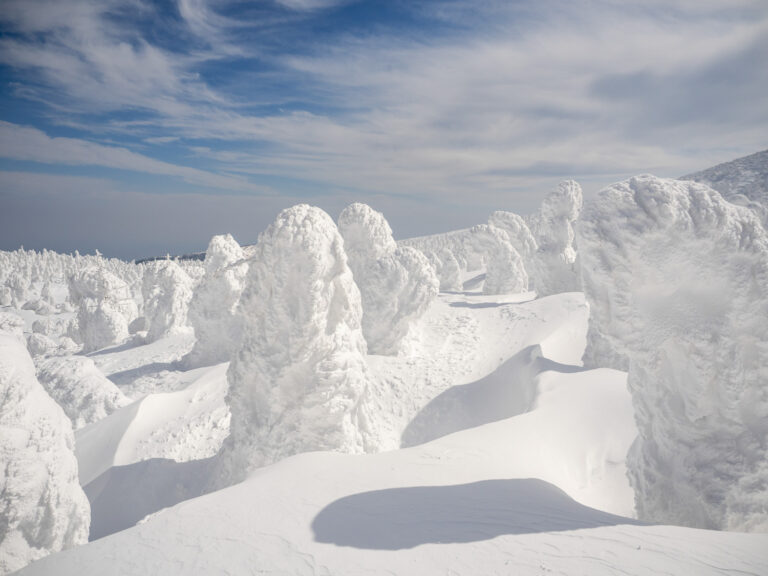
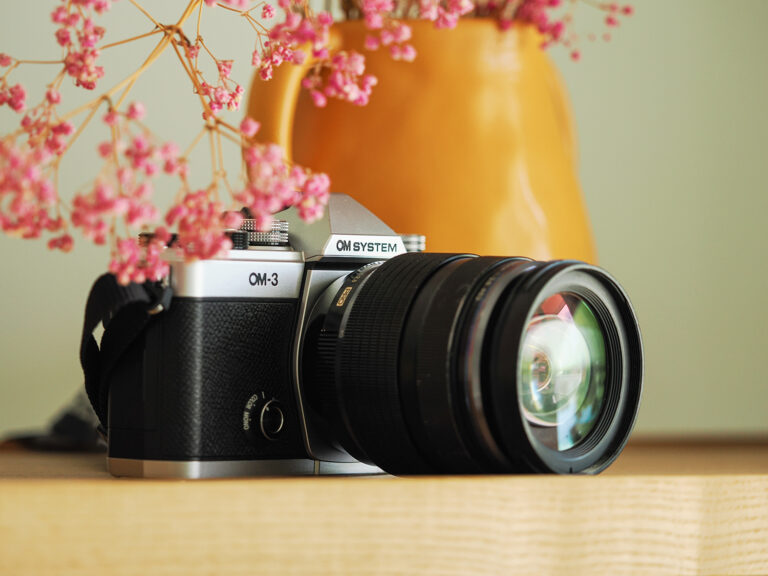
Blog Comments
Lindsay
November 30, 2016 at 11:14 pm
Thank you for sharing this, I have a wordpress site already but maybe this will help make me actually do something with it! Love your site by the way 🙂
thewanderinglens
December 1, 2016 at 11:28 am
So lovely to hear Lindsay, definitely keep going with the WordPress site, once the hard work is done it’s so easy to add content and make your work visible!
Jess
December 1, 2016 at 12:44 am
This is a great resource! It’s packed with so much info. Thanks for sharing!!!!
thewanderinglens
December 1, 2016 at 11:27 am
Great to hear Jess! Good luck with your photography 🙂
Thekiwifrog
December 1, 2016 at 4:58 am
Great article Lisa. Super informative and with a great progression.
Just a note on the side. There is a tiny typo for steller that you spelt stellar. I wouldn’t mention it normally but in that case people might get confused if they look for it.
Let me know if you are still around the South Island. We could go for a shoot or coffee.
Cheers
Nico
thewanderinglens
December 1, 2016 at 11:24 am
Thanks Nico, just fixed that up…I always confuse myself into thinking it’s with an ‘a’ 🙂
I won’t be back in NZ until later in 2017, I’ll definitely let you know once I’m heading that way though, can’t go a year without photographing the beautiful South Island!
Cheers,
Lisa
Alex
December 8, 2016 at 8:28 pm
Wow, thanks for the Tips! These are incredibly useful to know and I have already started some of these!
After spending the last 6 years fiddling and learning photography, my wife and I are about to move to Cambridge, UK from Melbourne. We are planning to post and write about our European trips in a capacity that is more than just telling our family what we are doing with the goal of allowing our work to eventually pay for our travel. Our first real post will be up soon, looking at our short weekend trip into the Wimmera/Mallee to visit the new Silo Art in the region. My Wife is a much better writer than I am and is currently editing!
I guess the hardest thing is getting a consistent style in your photos but we’ll just keep at it!
Thanks again for the advice and the inspiration
Alex
Nick Zupancich
January 14, 2017 at 7:06 pm
Nice write-up! I’m in the middle of this journey myself. It has had it’s fair share of bumps in the road and every day is an adventure. You were spot on when you mentioned that there is no predetermined set path to follow in becoming a travel photographer. Maybe that’s why this career choice is so interesting 🙂
My work can be found on Instagram here: https://www.instagram.com/nazpicture/
and also here: NAZpicture.com
thewanderinglens
January 14, 2017 at 7:18 pm
Hi Nick, thanks for sharing, I absolutely agree, it’s definitely what makes it so interesting! Great to hear you’re on the same path, I just had a peek at your work and love the landscapes! Where are you based? Also…Mikko is adorable!!
Nick Zupancich
January 15, 2017 at 10:47 am
Thank you! I’m currently based out of Colorado but will be moving into a custom sprinter van with my girlfriend in July. We will be living nomadically throughout the US and Canada after that! Should be a very exciting transition. Glad you love MIkko too! We just can’t get enough of him.
Jan Miřacký
February 24, 2017 at 9:14 pm
Another useful and very good content. This self-publishing on websites like Bored Panda is my greatest take-away from your article.
Can you perhaps share how to manage your social media / business sites (like imagebrief.com) on a daily and weekly basis? What you do every day, what you check just let’s say once a week, etc. If you use any automation tools like Buffer or Later… That would be a great read without any doubts 😉
Cheers,
Jan
thewanderinglens
March 1, 2017 at 3:57 am
Hi Jan, so happy to hear this article was useful. I’ll be sharing more on how I manage my photography business over the coming weeks in various articles…typically for Instagram I try to post once daily and for ImageBrief I simply respond to relevant briefs that suit images I already have on file. Keep an eye out for new posts weekly and hopefully I’ll cover something of interest to you 🙂
Claire
May 3, 2017 at 1:31 am
Hi, thanks for all the good information.
For us beginners in social media, you fail to mention that it is not possible to upload photos from one’s computer to Instagram. That would be good information to know. I generally do not store my good images on my phone. Perhaps I should re-think the process.
thewanderinglens
May 3, 2017 at 1:56 am
Hi Claire, thanks for your message. That’s correct, it’s not possible to upload photos from your computer to Instagram however it’s quite popular to get around this by emailing the photos to yourself, then opening the email on your phone and storing the attached image in your phone’s library. This then allows you to post to Instagram. Alternatively there are a number of apps or plugins that allow you to upload to Instagram, most however will require payment. This is one I suggest looking at ‘LR/Instagram‘ but I can’t promise anything as I don’t personally use this method.
Michaela
July 13, 2017 at 5:06 am
Hi Lisa,
Great summary! It shows you that we travel photographers actually have to be jacks of all trades: sales agents, web designers, marketing and PR people, … and besides that we should find time to be photographers 😉
But in my opinion, this is what makes it so fun and interesting. Everyday is full of new challenges, and life doesn’t get boring.
Keep up your great work, and maybe you are interested in following me along on my journey around the world as well:
http://www.michaelaurban.com (you can find links to my facebook and instagram account in the top left corner of my homepage – can’t post them here as it’s considered spam 😉 )
Cheers,
Michaela
thewanderinglens
July 19, 2017 at 6:40 am
Hi Michaela,
Thanks for your comment! Photographers definitely have to be a jack of all trades, so much goes into each shoot before it’s even time to click the shutter!
Your work is absolutely beautiful, I just had a peek at your website and Instagram. Really impressive!
Where are you travelling to next?
Katherine
July 24, 2017 at 8:03 am
I read in the comments that you will be on the south island of NZ later this year? I live in Alaska and will be moving there in just a couple months! Are you conducting any workshops while there? I am trying to take the next step in photography and currently enjoy shooting landscapes. It would be wonderful if our paths crossed! Cheers 🙂
Shirley Chio
June 17, 2018 at 6:49 pm
I am still learning photography using my phone camera. I am literally a beginner. Any tips for phone camera tricks?
Lisa Michele Burns
June 21, 2018 at 1:30 pm
Hi Shirley, if you’re starting out using your phone I’d definitely recommend thinking about creative composition instead of settings. Learning to see different angles and perspectives is a great way to take a step toward improving your photography.
Erin Douglas
February 6, 2018 at 3:41 am
Lisa,
This is a wonderful write-up. My wheels are turning and although you’ve told me just where to start, I feel overewhelmed already. I’ve been shooting for a while now, self taught, but have realzed the several areas I need to streghten, from techincal, to the business side of things. I have so many questions. Ultimately, i feel in love with travel photography when I took my first international and solo trip to the Philippines about 5 years ago. I love to just capture whats happening around me, the people, the culture, the food. And I absolutely love to talk to people about travel, inspire them to try it themselves. I just started taking myself seriously as a photographer 3 years ago. However, I feel lost on how to get the type of clients I want and the type of work I want. In the mean time I just shoot for me. who to reach out to, how to find them, what to say. And putting together that PDF portfolio. Are my best my best? and so on. This one page has already helped and Ill be reaching out to you via email. in the meantime here are some links to my work.
@aphotochick (IG): https://www.instagram.com/aphotochick/
http://www.erin-sha.com
Thanks again
David C. Hintz
February 10, 2018 at 2:11 pm
Hi Lisa,
You have provided a great deal of information on a subject I am really interested in. I will be researching the websites on this list. I have started my own website at http://www.davidhintzphotography.com, I have sold some of my photos on microstock websites and now looking to sell directly from my own website. Thanks for all your work on this topic. I would be interested in your comments on my site if you had the time to look at it.
Ilona
June 17, 2018 at 2:36 pm
This is a brilliant article on how to become a travel photographer and probably the most complete guide out there. I have read a lot of guides on how to take better pictures but there are very few that actually teach you how to go beyond that.
To be honest, I do not think I will ever make it as a travel photographer. I love travelling and I love capturing my adventures in pictures. And I know that I have some decent ones, but selling them seems like a daunting task. I think I might be better off as a travel journalist, to be honest, if only because that’s an area where I am more confident (and in a way, this article applies to becoming a travel journalist as well). I have, however, tried selling pictures through microstock sites. Getty Images, Shutterstock and Adobe Stock are the ones I have uploaded the highest number of images to. From my experience, these websites require you to spend a long time creating hashtags and correctly labeling your photos for very little reward. It is great because once the work is done, you can earn money forever. But chances are high that you will only get a few cents, if any at all. I think if you are serious about being a photographer, this one is not an option to consider.
Bernard
June 26, 2018 at 2:24 pm
I am grateful to have the tips from Wanderinglens, the guide really helpful and give me lots of inspiration to get started become a travel photographer
Balamurugan.M.G
November 8, 2018 at 6:30 pm
Iam really impressed with the knowledge that you shared through your experience. Your guidance is awesome. Thanks a lot for your valuable information.
Michael Wahl
December 1, 2018 at 10:30 am
Love your site! How do you go about not needing work visas to do photography for tourism boards, hotels etc? I see a lot of travel photography in foreign places, but in most countries its illegal to work there and next to impossible to get a work visa as a photographer. Any advice on reaching out to brands/hotels/tourism boards etc overseas without finding myself being deported for working in their country?
Andrea Prunty
January 30, 2019 at 5:20 pm
After reading your article, it gotten me even more inspired to take up photograph again and back to actually using my degree for once (digital arts) and become a traveling photographer.
Thanks, for getting me motivated and remember why I’ve became a art major in the first place.
Lisa Michele Burns
January 30, 2019 at 5:21 pm
Oh my gosh Andrea this is the most amazing comment! I’m so happy my article inspired you back into the world of photography. Best of luck with your adventures, if you’re on Instagram or have a portfolio, feel free to leave a link so people can follow along! x
Kerman Roy
September 26, 2019 at 7:51 am
Hello Lisa,I’m so thankful for the break down on becoming a travel photographer.Your insight touch my soul.I will follow all steps on becoming the best photographer within meI’ll ,follow your daily blogs and FaceBook groups.I sometimes get caught in photo-block(something like a writer get when writing a book).I just created my first ever webpage,please stop by and leave a feedback.
Marco Joe Fazio
October 21, 2019 at 9:42 pm
I love photography and I captured lots of pictures while traveling in my life. You can also check my work by clicking on the link.
Durgesh
January 14, 2020 at 1:08 am
This is amazing blog, I learnt a lot about how to click mesmerizing pics while on travel.
Thanks
Sara Sangalli
February 7, 2020 at 4:52 am
Thanks for the valuable informations, as a travel photographer wannabe myself I’ll try my best to use those suggestions in my path to “become a travel photographer”. Great article, thanks!
Emet Martinez
February 18, 2020 at 4:04 pm
Just wanted to thank you for this very informative guide and the inspiring images you’ve created. I’ve been following you in IG for about 2 yrs now. Wishing you all the best and hope to bump into you in Kyoto one of these days. Cheers!
Lisa Michele Burns
March 26, 2020 at 11:37 am
Hi Emet, thanks so much for your lovely comment! Apologies for only seeing it just now, do you live in Kyoto? If so, you’re very lucky, it’s one of my favourite cities!
Talia shakespeare
April 24, 2020 at 11:07 pm
I’m 16 and i am trying to figure out what to do in college in September, i honestly love photography and travelling so i was doing research on if i could do both and this was the first and best website i came across.
i hope i can become a successful photographer. I’m so proud that you have been able to inspire loads of people to follow their dreams.
Ranjay Mitra
May 26, 2020 at 12:33 pm
Very nicely written. It has to be a passion to keep doing, Ive seen many people who take up “travel photography” have this idea that once you get a camera, you have people flooding you with money to travel and get caught up in the dreams of becoming popular overnight. Selecting the right project, imho, is very essential to succeed in travel photography.
photographer
July 5, 2020 at 10:58 pm
Have been struggling to start my travel photography journey. I made a plan recently but with the COVID-19 situation all that planning is of no use anymore. What are your tips for travel photographers post the pandemic? How do you think this will affect them
Lisa Michele Burns
July 6, 2020 at 7:32 pm
Thanks for your comment, Covid-19 has definitely made it difficult for those of us working in the tourism industry whether it’s in photography or hospitality. Now is definitely a time to assess your skills and try to create a plan for diversifying your income as a photographer. Who knows when travel will be possible again like it was before so it’s important to work on new ways of not only fulfilling your potential but for developing creative ideas and planning for the future. I definitely don’t think it’s all doom and gloom, challenges will always present themselves and it’s those who can adapt who will succeed. I wouldn’t throw that plan away just yet 🙂
Traveltourists
January 27, 2021 at 5:24 pm
That’s exactly what I was looking for, saving me a few hours of research, Thanks for sharing this for travelers.
Love Photography
June 26, 2021 at 9:51 pm
Very nice post and well explained, the main reason why i became a photographer is because i love it. i enjoy every single day at work, polishing my skills and learning about human nature
sruthi
June 1, 2024 at 5:43 pm
thanks for sharing
Ann
March 26, 2025 at 5:28 am
Hello Lisa,
Thank you so much for sharing all the factors for being a travel photographer! Is there any advice you can give to people that English is not their first language or someone is not so good at writing? I have written some blogs on my website, but as I am not a native English speaker, I only created photo blogs. When submitting a story to publication, does it always need to come with a written article/story?
I know some publications are in other languages other. However, since English is the dominant language in travel publications, I think it would mean more job opportunities if one could go for English publications.
Thank you,
Ann
Lisa Michele Burns
March 26, 2025 at 2:14 pm
Hi Ann, I’m glad you found the article helpful! I’ve actually got a free travel writing mini course via email that might help you gain some confidence with your travel writing skills. You can register for the free email course here. If you’re aiming to write for the larger publications, it will help to have good English skills, however, there are a lot of publications that print or are available online in various languages that you could write for. Which languages do you speak?
In terms of pitching, having the story already written can help in some cases, however you need to ensure it aligns with the publication you’re pitching, so if you’re writing it for one and they don’t accept the story, you may need to adjust it before pitching to another. It can work better to pitch the story idea first, and see if an editor is interested before finishing the story.
Best of luck with your writing!
Lisa